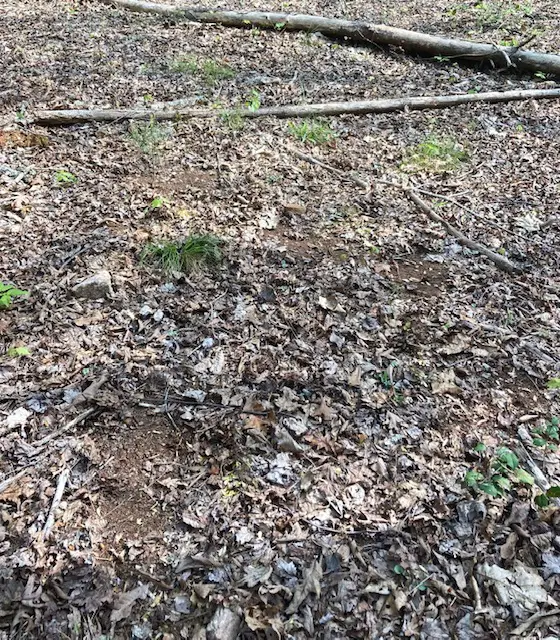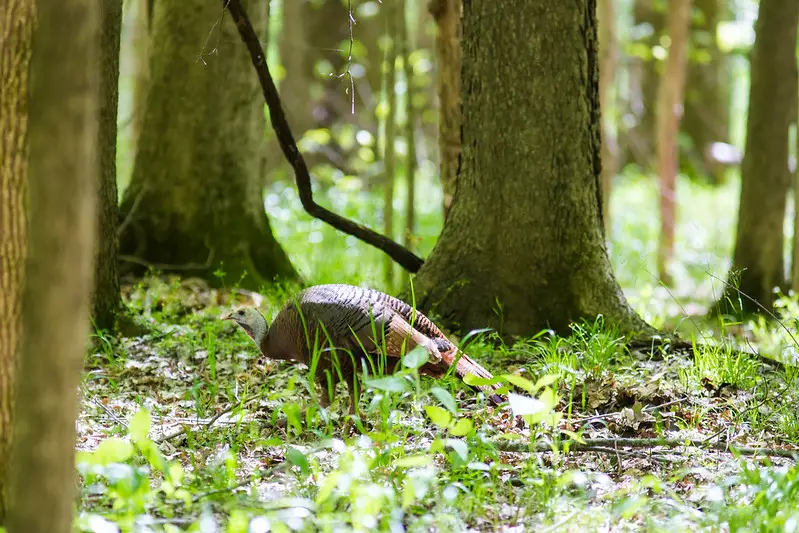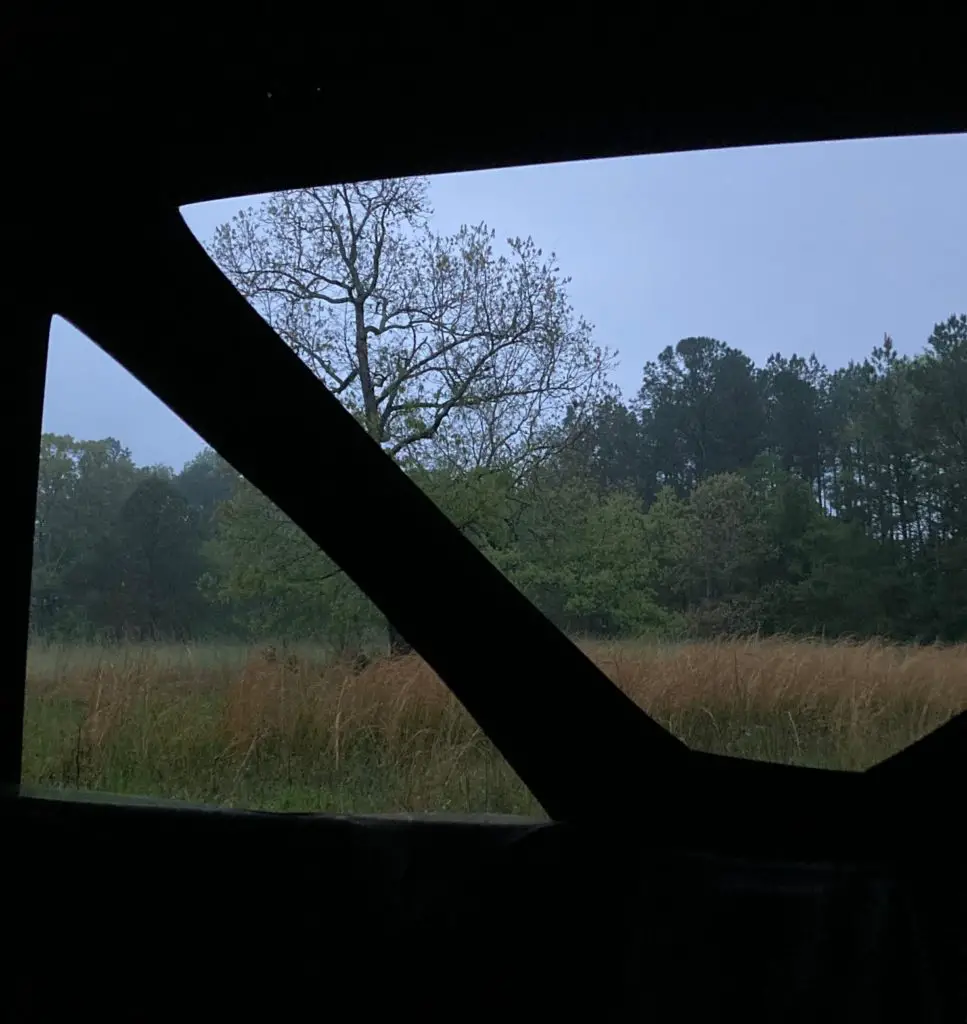
What if I told you that one of the most effective turkey calls can’t be purchased online or in a store? What if I told you that you can deploy this call with no practice?
Sound too good to be true? It’s not! I’m talking about turkey scratching.
Until Primos figures out a way to bottle up the sound of a turkey scratching the leaves, there’s no need to spend a dime on a simple, but deadly technique for bringing in toms.
Before I tell you how to utilize this call, let me tell you why turkeys scratch the ground and how recognizing turkey scratching can help you kill more turkeys.
Why do turkeys scratch the ground?
Most non-migratory, primarily ground-dwelling game birds scratch the ground. This group includes pheasants, quail, grouse, and, of course, turkeys. But why do they scratch?
Turkeys scratch the ground in search of food. They use their feet to uncover hidden mass or insects.
Turkeys spend most of their day feeding. As they wander around the woods, they will scratch the forest floor plundering for food that has been hidden by leaf litter from the previous fall.
What does turkey scratching indicate?
When I’m scouting, the first thing I’m looking (and listening) for is the turkeys themselves. Obviously, that is the best sign. After that, the next best thing is turkey scratching, droppings, feathers, tracks, and dusting bowls. In this article, we’re talking about scratching.
Turkey scratching indicates that a turkey has been there and that is pretty important when you are turkey hunting. If you can find some fresh scratching, you at least know that you are not wasting your time in the area.
Turkeys will scratch in a “V” shape. The wide end of the scratching will indicate which direction they were traveling in. You should notice more leaves piled up on the narrow end of the “V.” This can be useful information when you are scouting and trying to create a game plan for a current or future hunt.
Be careful not to mistake feral hog or armadillo rooting for turkey scratching. If you are not familiar with either, it wouldn’t be hard to get a bad read on the sign. Wild hogs will generally dig deeper into the ground creating big ruts in the earth. As mentioned above, look for the “V” shape of turkey scratching and the leaves piled up on one side.

Photo courtesy of Melissa McMasters on Flickr
Calling a Turkey By Scratching
Using turkey scratching in your calling setups will amp your realism up to the next level!
Because turkeys are searching for food, it is very natural to hear hens clucking, purring, and scratching. When a tom is hung up just out of range, change to some soft contented calling in conjunction with scratching to bring him those last few yards to the barrel.
To perform the scratching call, I usually use a three “note” call. You can use your hands, feet, or a stick. I will usually do all three strokes in slightly different directions.
If you are not good with traditional yelps, cuts, and clucks, then you should definitely use this when you are hunting.
Obviously, this is not a great long-range call. However, unlike yelping and cutting, not every Tom, Dick, and Sally on public land is using this to bring in hard-hunted birds.
You can also utilize turkey scratching to sound like another turkey as you walk through the woods. I used to be paranoid about being completely silent as I stalked through the dead leaves from previous falls. I thought that any noise would spook the turkeys.
It is nearly impossible to be completely silent in such a situation, but you can do the next best thing (or possibly even the best thing) and sound like a turkey as you walk.
Try to imagine a turkey walking through the woods. Pace your steps to match this turkey in your head. Every few steps, stop and perform scratching with your feet. The hope is that other turkeys will mistake you for one of their friends milling about through the woods and not get alarmed.
Conclusion
Knowing your game is important. By understanding how a turkey browses the woods for food, you can become a better scout and caller.
Look for turkey scratching pre-season and during the season to identify hot spots to start your hunt. Once you get on a hot gobbler, mimic the sound of turkey scratching to bring him in.
If you found this article helpful, you might enjoy my article on turkey breeding behavior.


